windows操作系统英文是什么, Introduction to Windows OS
Understanding the Windows Operating System in English
Introduction to Windows OS
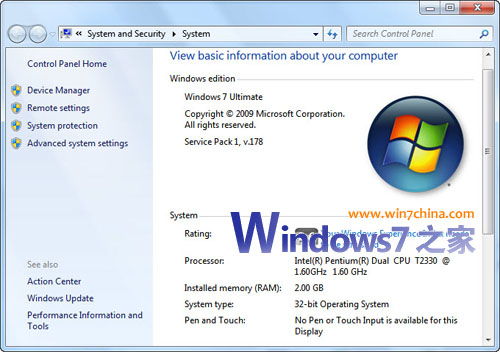
The Windows Operating System (OS) is a series of operating systems produced by Microsoft. It has been the dominant operating system for personal computers since the early 1980s. This article aims to provide an overview of the Windows OS, its features, and its significance in the computing world.
History of Windows OS

Microsoft's journey with the Windows OS began in 1985 with the release of Windows 1.0. Over the years, the OS has evolved significantly, with major versions such as Windows 95, Windows XP, Windows 7, Windows 8, and the latest Windows 10. Each version brought new features, improvements, and enhancements to the user experience.
Features of Windows OS
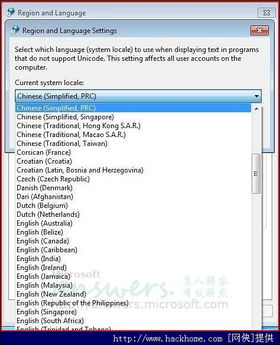
Windows OS is known for its user-friendly interface, robust security features, and wide range of applications. Here are some of the key features of the Windows OS:
Graphical User Interface (GUI): Windows OS uses a GUI, which allows users to interact with the system using icons, windows, and menus, making it easier to navigate and use.
Multi-tasking: Windows OS supports multi-tasking, allowing users to run multiple applications simultaneously.
Security: Windows OS includes robust security features, such as Windows Defender, to protect against malware and viruses.
Compatibility: Windows OS is compatible with a wide range of hardware and software, making it a versatile choice for users.
Customization: Users can customize the appearance and functionality of their Windows OS to suit their preferences.
Windows 10: The Latest Version

Windows 10, released in 2015, is the latest version of the Windows OS. It includes several new features and improvements over previous versions. Some of the notable features of Windows 10 are:
Start Menu: The Start Menu has been redesigned to include a mix of live tiles and traditional applications.
Edge Browser: Windows 10 comes with Microsoft Edge, a new web browser designed to be fast and efficient.
Windows Hello: This feature allows users to log in to their devices using facial recognition, fingerprint, or PIN.
Virtual Desktops: Users can create multiple desktops to organize their applications and tasks.
Windows OS in Different Devices
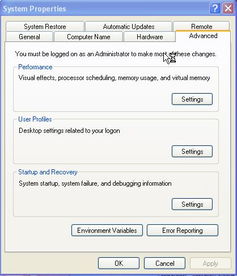
Windows OS is not limited to personal computers; it is also available on various devices, including:
Tablets: Windows tablets offer a portable and touch-friendly experience.
Smartphones: Windows smartphones provide a seamless experience across devices, allowing users to access their files and applications on the go.
IoT Devices: Windows OS is also used in Internet of Things (IoT) devices, such as smart home devices and industrial equipment.
Windows OS in the Enterprise
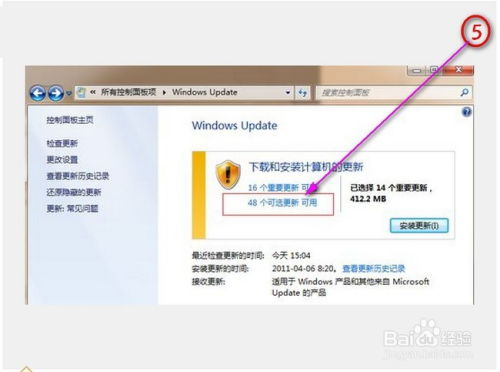
Windows OS is widely used in enterprise environments due to its robust security features, compatibility, and support. Many businesses rely on Windows Server for their server infrastructure, and Windows 10 is increasingly being adopted in the workplace for its productivity features and integration with Microsoft's cloud services.
Conclusion

The Windows Operating System has played a significant role in shaping the computing world. With its user-friendly interface, wide range of features, and compatibility with various devices, Windows OS continues to be a popular choice for users and businesses alike. As technology evolves, Microsoft continues to innovate and improve the Windows OS, ensuring that it remains a relevant and powerful platform for years to come.
Tags
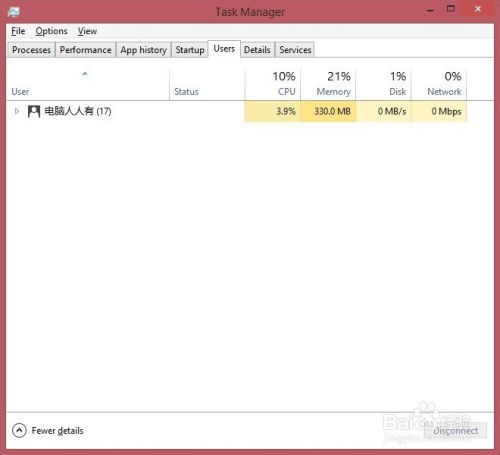
-
